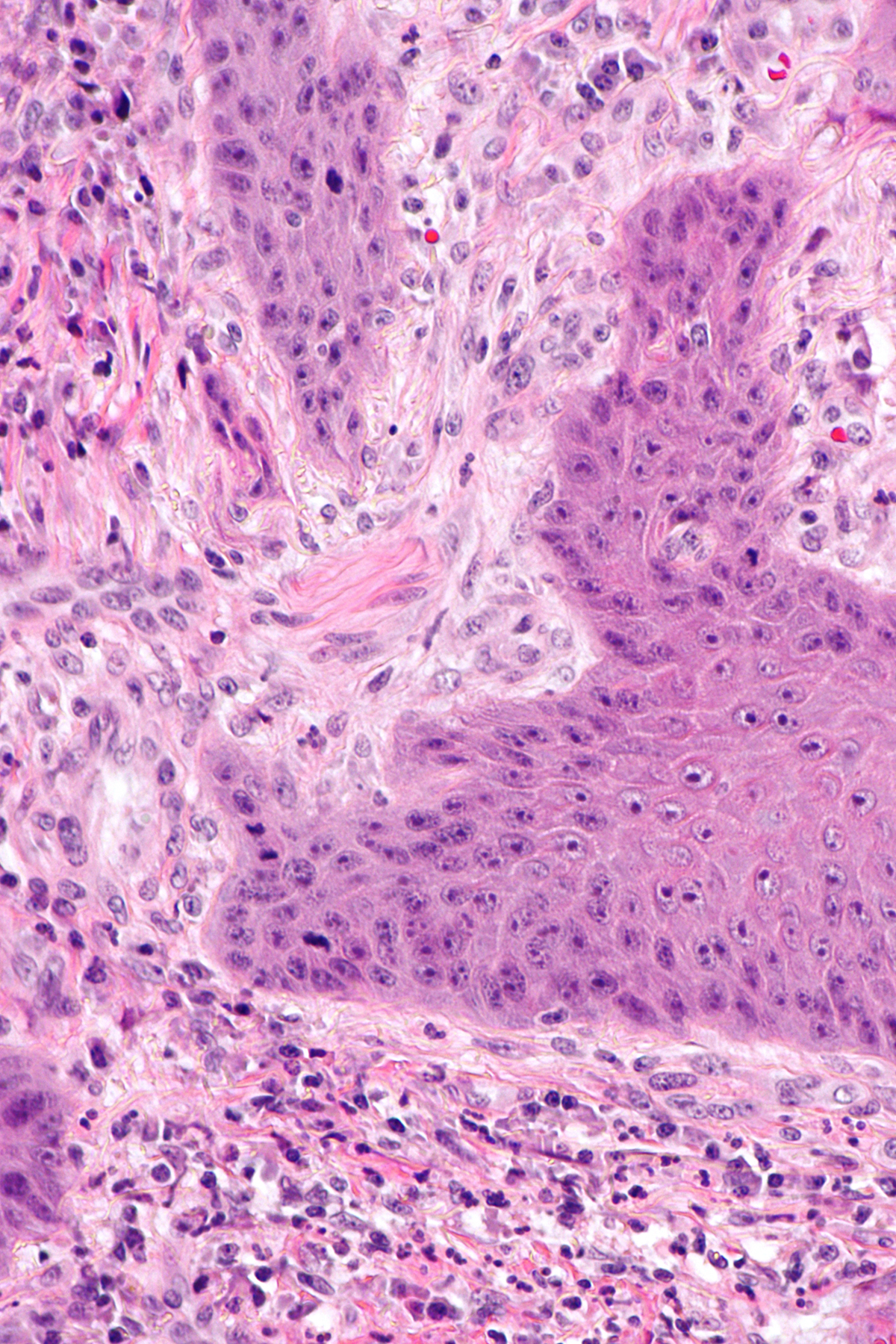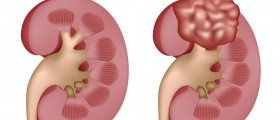
Penile cancer or carcinoma of the penis is not so common malignant disease. The tumor may stem from the cells of the surface of the penis or develop due to malignant alteration and abnormal multiplication of cells that form the tissues inside the organ. The most common type of penile cancer is squamous cell carcinoma that usually affects the glans or the foreskin. In the majority of cases this malignant tumor occurs in men older than 60 years of age.
Men living in Europe and North America in rare cases develop this malignant disease. It is estimated that penile cancer on these continents affects 1 out of 100,000 men. In the United States penile cancer is responsible for 0.2% of all cancers. The situation is a bit different in certain parts of Africa and South America where penile cancer accounts for approximately 10% of all malignant tumors.Increased Risk of Developing Penile Cancer
One of the major culprits associated with penile carcinoma is infection caused by Human papillomavirus. The virus has several serotypes, some of which are known to be oncogenic for both men and women. In women Human papillomavirus is known to increase the risk and actually triggers cervical cancer. In men the virus is closely connected to specific changes of the cells on the surface of the organ, causing their malignant alteration and formation of a cancer.
Because of the mentioned it is clear that anything that increases the risk of contracting Human papillomavirus is considered a risk factor for penile cancer. For instance, circumcision may prevent infection and, therefore, may be one of efficient preventive measures for penile cancer. Also, by using protection during each and every sexual intercourse one may prevent infection with Human papillomavirus.
Furthermore, penile cancer occurs more in people older than 60 years of age, men suffering from phimosis, those with poor personal hygiene, promiscuous men as well as smokers.
The cancer is in initial stages practically invisible. Once it becomes noticeable it basically occurs in a form of a lump on the penis or a tiny ulceration. Discharge from the sore and bleeding are reported in advanced stages of the disease. The problem is that neglecting the issue leads to spread of the tumor to regional lymph nodes (to the groin area) which allows systemic spread of cancer cells. The cancer is confirmed after biopsy of the suspicious tissue.Stages of Penile Cancer
Staging is of major importance when it comes to choosing treatment option and it determines the prognosis as well.
There are V stages of penile cancer. Stage 0 is carcinoma in situ, the stage where the tumor is limited to the very surface of the organ. If operated in this stage, patients are considered completely cured. Stage I penile cancer includes a tumor that has affected connective tissue just beneath the skin of the penis. There is no spread of cancer cells to lymph or blood vessels. In stage II the tumor affects the underlying connective tissue, cancer cells are found in lymph and blood vessels and there is infiltration of erectile tissue. In stage III the tumor affects all the tissues like in stage II with additional infiltration of groin lymph nodes. The tumor also infiltrates the urethra. Stage IV penile cancer is characterized by the spread of cancer cells to both lymph nodes in the groin and the pelvis, infiltration of the prostate and dissemination of cancer cells to other organs or organ systems in the body.
Management of Penile Cancer
The goal of treatment for penile cancer is complete removal of the tumor with preservation of the penile function. Doctors also strive for preservation of aesthetic appeal of the organ. Still, all the goals can be achieved only if the cancer is detected on time.
Patients suffering from intraepithelial neoplasms such as Bowen disease or erythroplasia of Queyrat (practically in situ penile carcinoma) undergo treatment with topical 5-fluorouracil. This treatment approach efficiently deals with the tumor while leaving no scars.
If the tumor is small and located near the tip of the penis, it can be surgically removed. So, the surgeon removes only the affected part of the organ i.e. performs a partial penectomy.
Radiation therapy is another treatment option for these patients. Since most men reject surgery, radiation therapists have been encouraged to explore various treatments for this type of cancer. Not all the patients suffering from penile cancer are suitable candidates for radiation therapy, but majority of them still undergo this treatment modality. Squamous cell carcinoma in general requires higher doses of radiation. However, if the dose the organ receives is high enough, it can cause many side effects such as urethral fistulae, strictures, necrosis, etc.
Finally, chemotherapy is the last resort for patients in whom the cancer has spread to distant organs. Cisplatin, bleomycin, methotrexate and fluorouracil are the most commonly administered chemotherapeutics in patients suffering from metastatic penile cancer.

















Your thoughts on this
Loading...